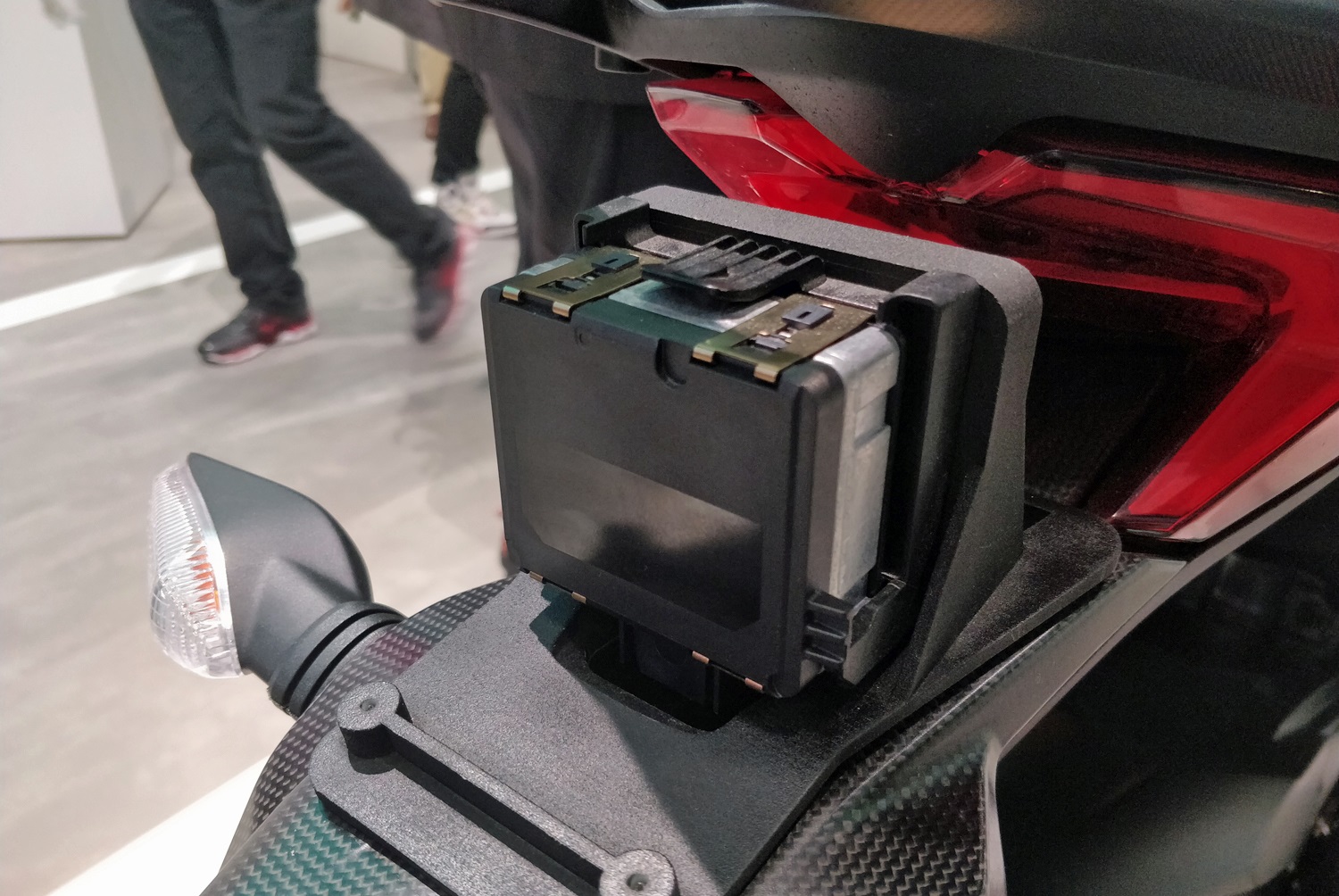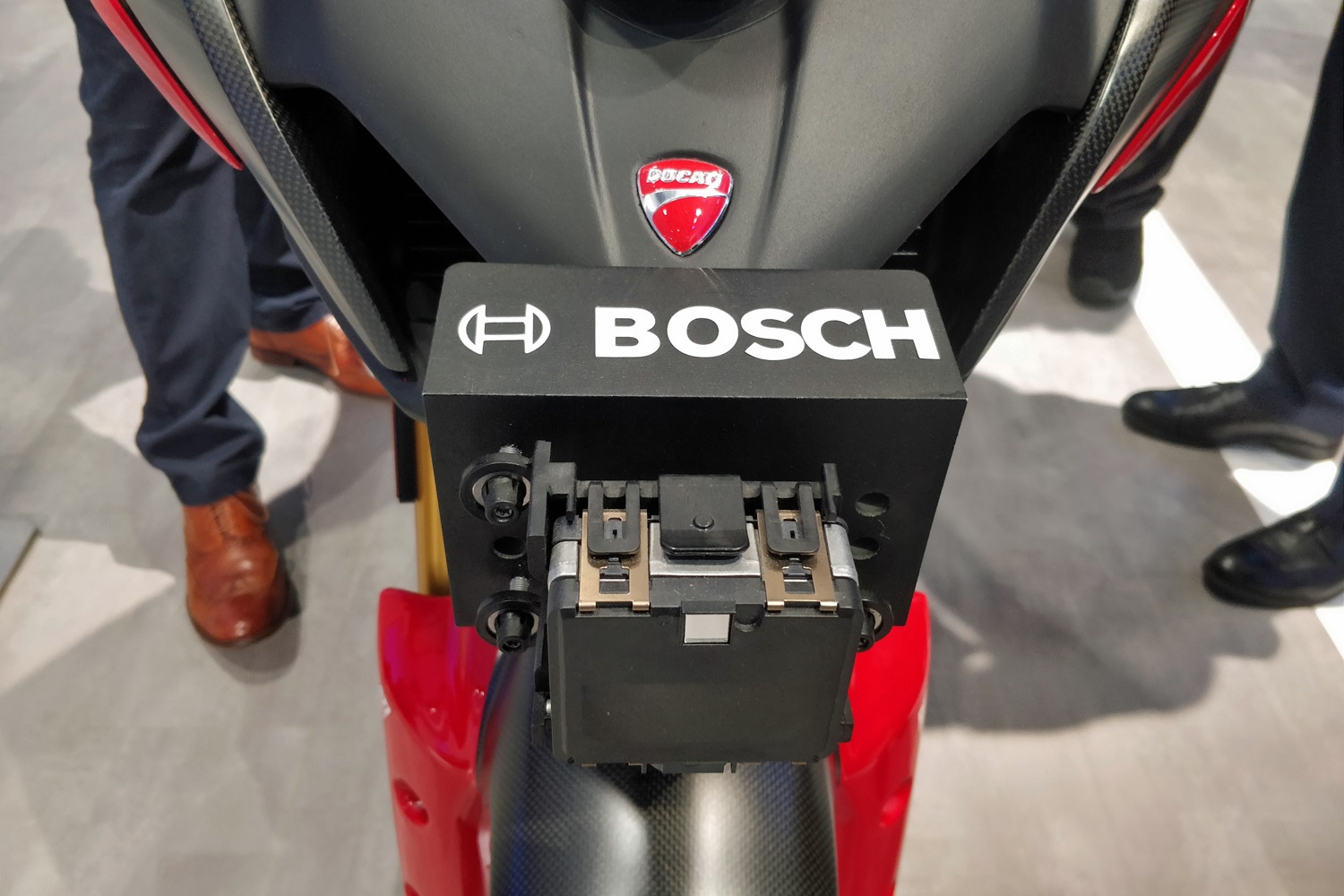Engineering and electronics company Bosch believes motorcycle riders should benefit from the electronic safety advances that have been available in cars for years. At CES 2019, the company showcased radar-based technology that keeps riders safe out on the open road.
Putting radar that scopes out the road on each end of a motorcycle lets engineers add adaptive cruise control, blind spot monitoring, and forward collision warning to a motorcycle. These driving aids are available on dozens of new cars from all over the automotive spectrum, but as of 2019, they’re out of the reach of motorcycle riders.
More CES 2019 coverage
- Baby, you can’t drive my cube: All the insane self-driving lounges at CES 2019
- Mercedes-Benz gives the 2020 CLA the star treatment at CES 2019
- 2019 Nissan Leaf e+ tries to play catch up by offering 226 miles of range
- Bring Google Assistant into your car with the Roav Bolt, shown at CES 2019
The technology will work in the same manner regardless of whether it’s fitted to a car or to a motorcycle. Adaptive cruise control automatically slows down or speeds up the bike depending on traffic conditions, blind spot monitoring warns the rider if a vehicle — whether it’s a car or another motorcycle — is in his or her blind spot, and forward collision warning emits visual and audible alerts if it detects a collision is imminent. It’s interesting to note that the system will not brake the bike automatically; avoiding the collision remains the rider’s responsibility.
The Bosch booth at CES 2019 featured a Ducati Multistrada fitted with Bosch’s radar. The company told Digital Trends the bike is a concept built to demonstrate the technology, and added that the sensors will be better integrated into the bodywork when the features reach production. Like car companies, motorcycle brands will need to find an elegant, non-intrusive way to integrate a growing number of radars into their designs.
“The motorcycle of the future must be able to see and feel,” said Geoff Liersch, the head of Bosch’s two-wheeler and powersports division, in a statement.
Bosch’s suite of electronic driving aids for motorcycles will reach production in 2020. The company is working with Ducati and KTM, two well-known two-wheeler manufacturers, but it’s not ready to reveal which make or model will become the first to get the tech. Researchers at Bosch have also developed jet thrusters that push a motorcycle out of a slide, but that technology is a little bit further away from production.






